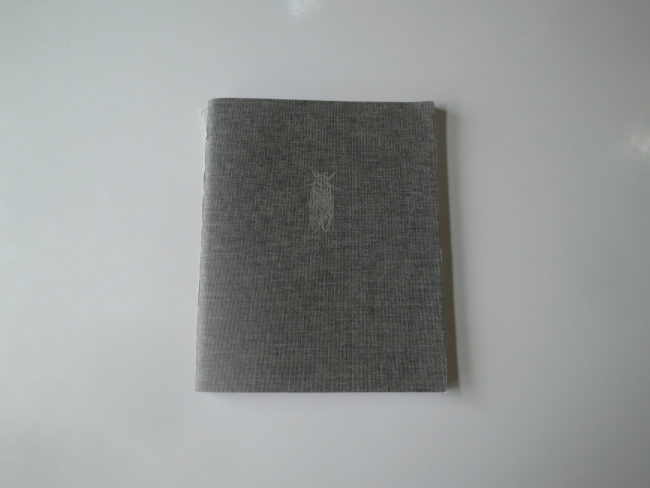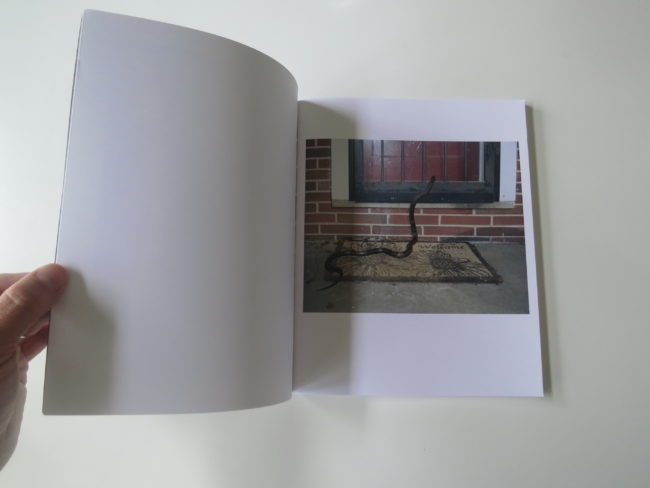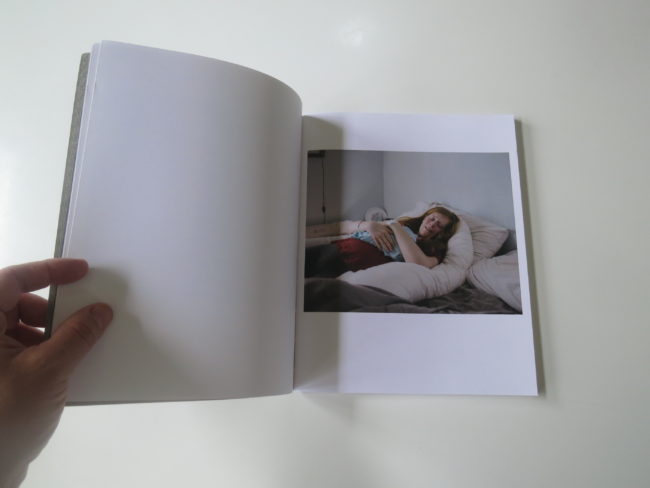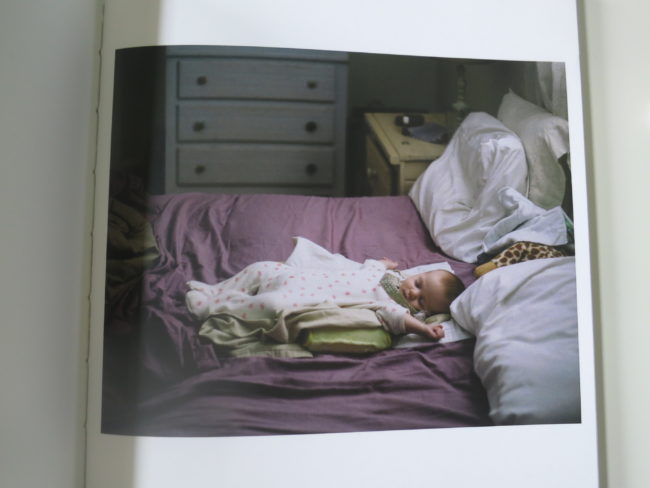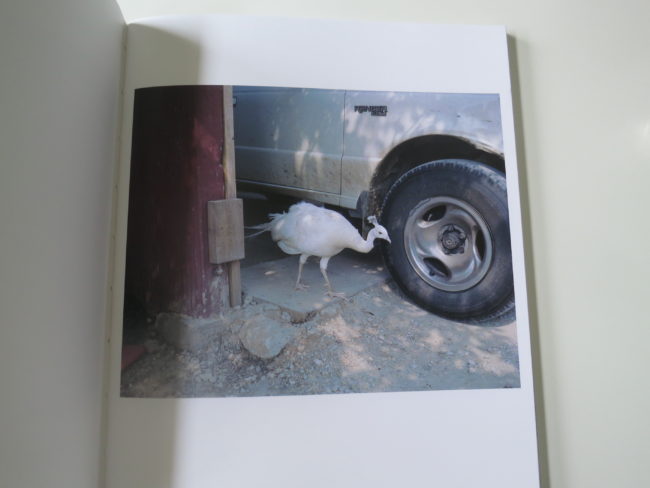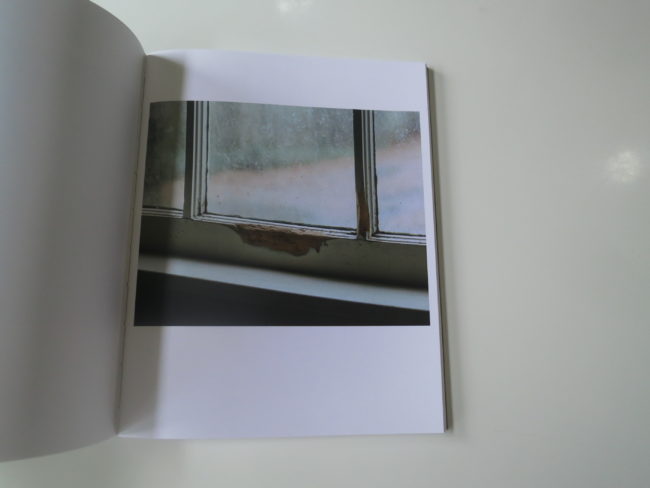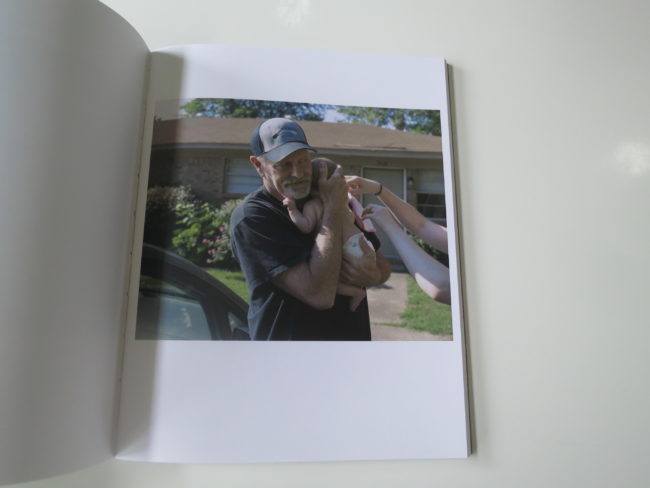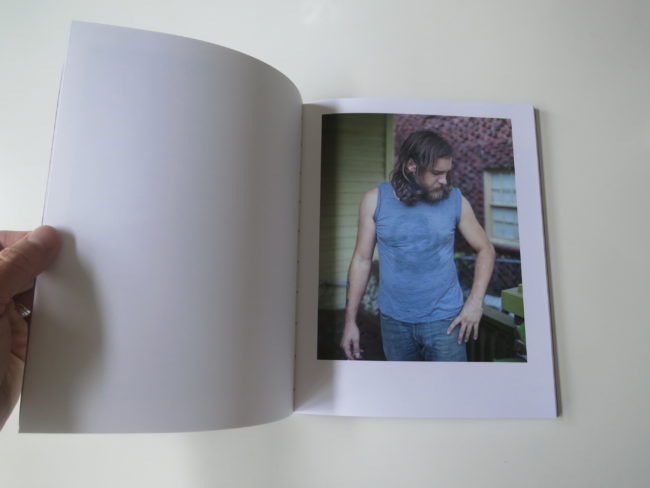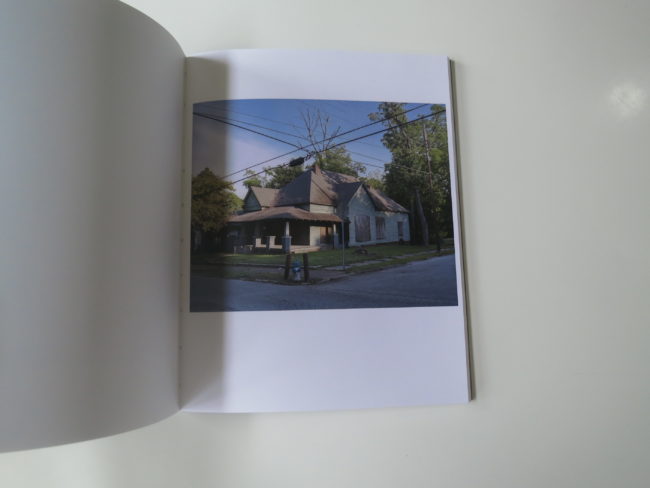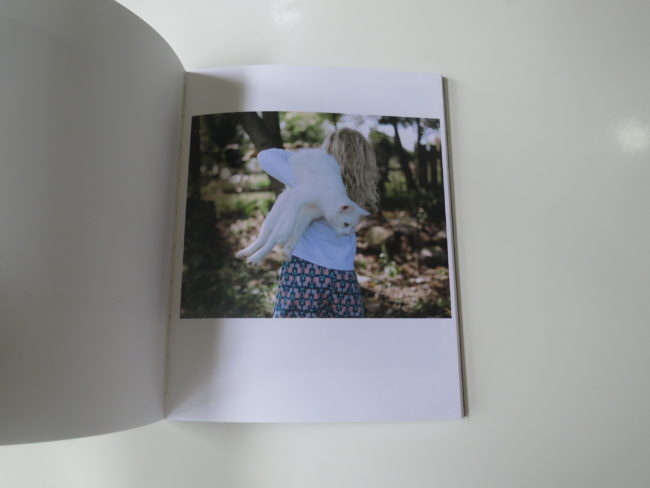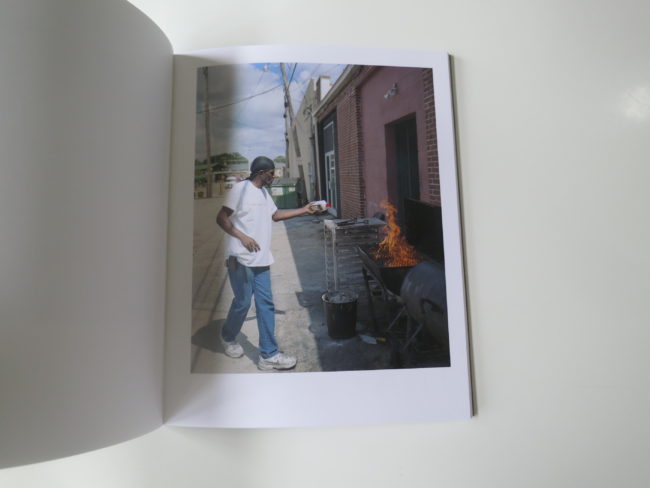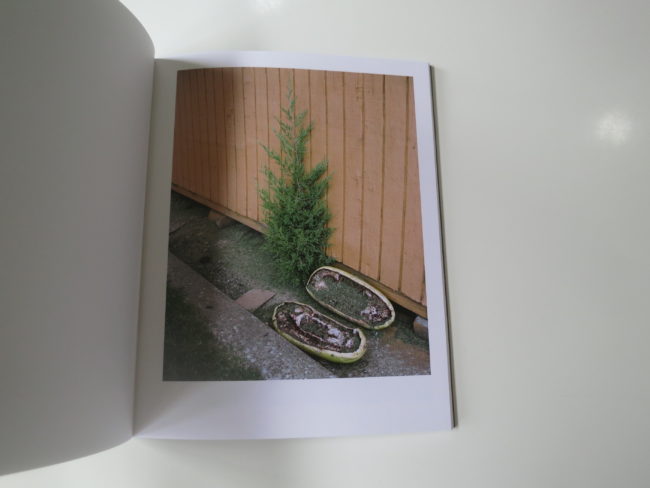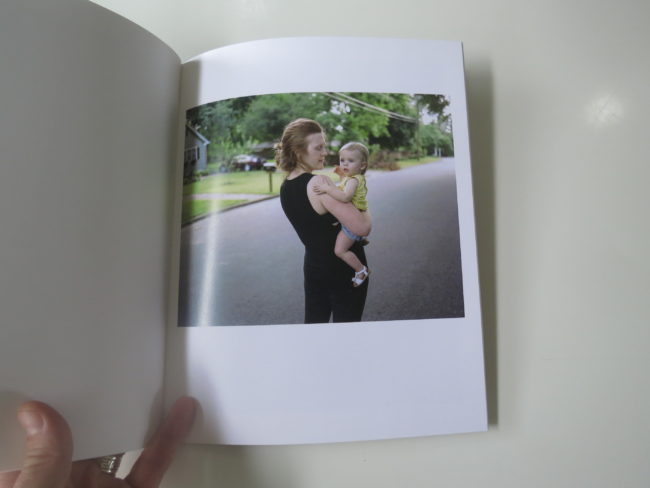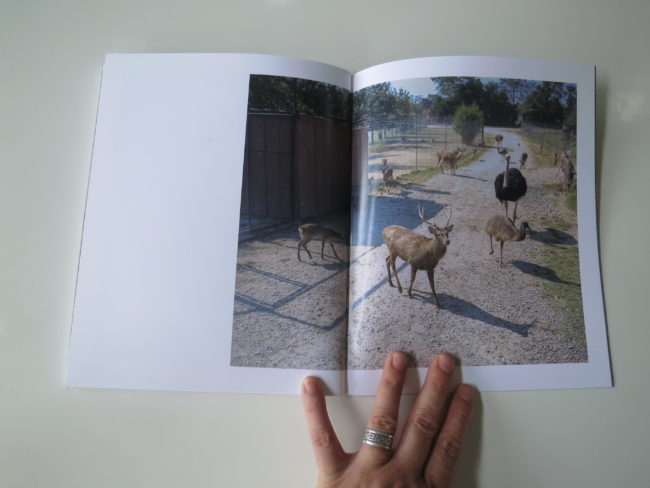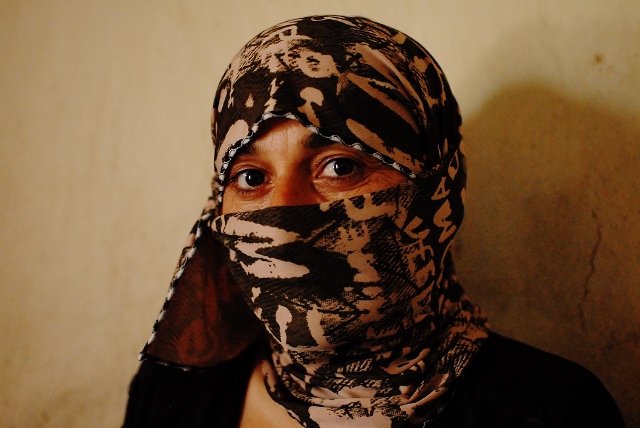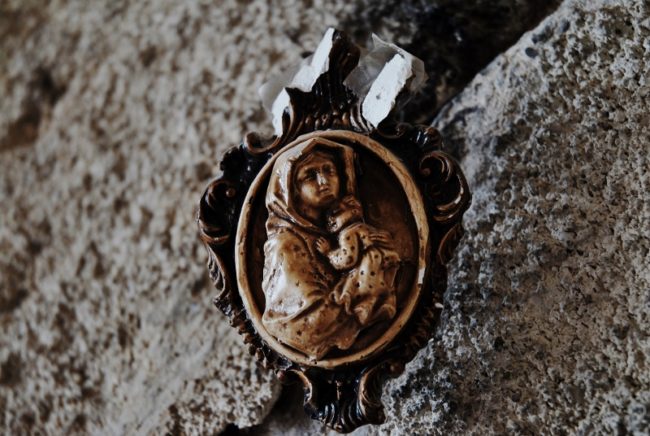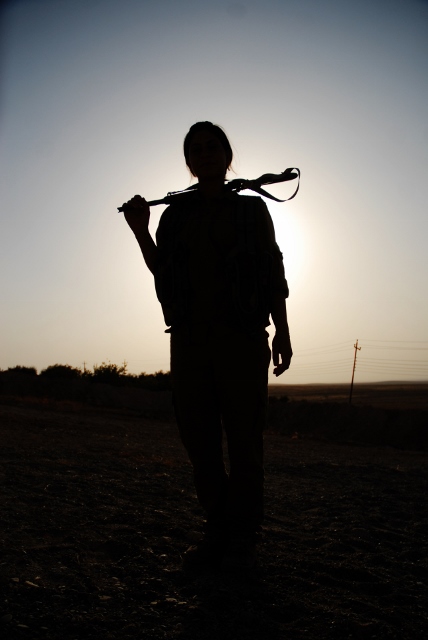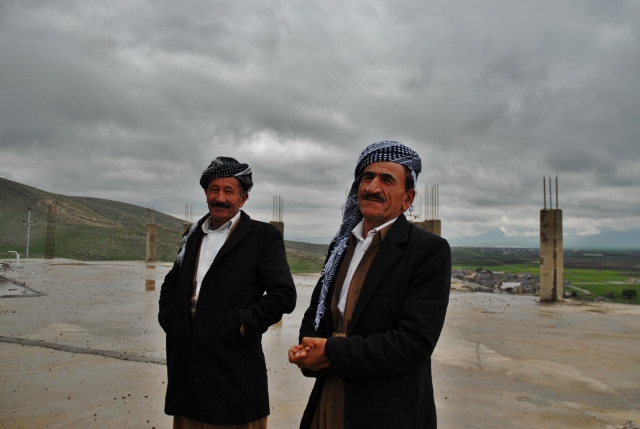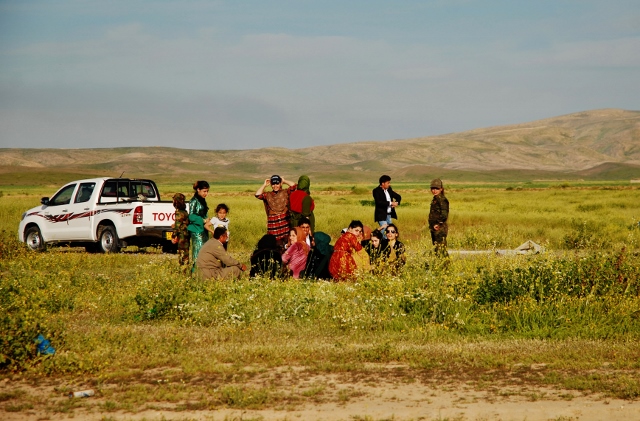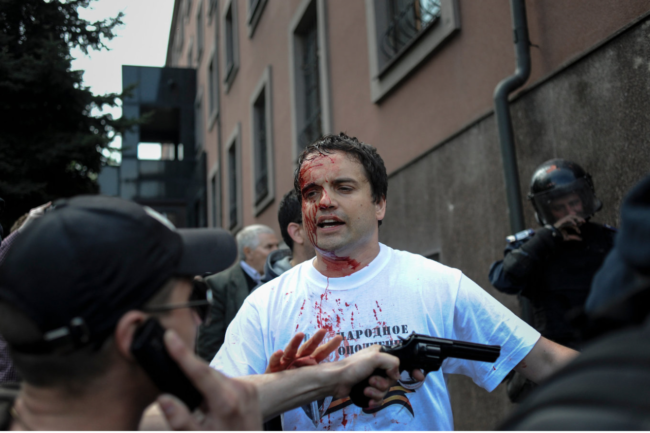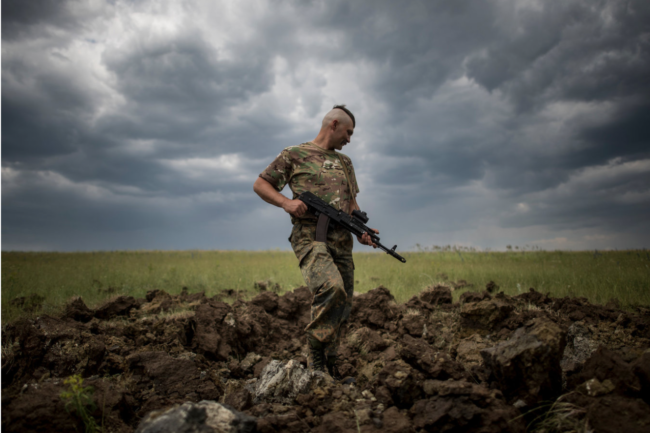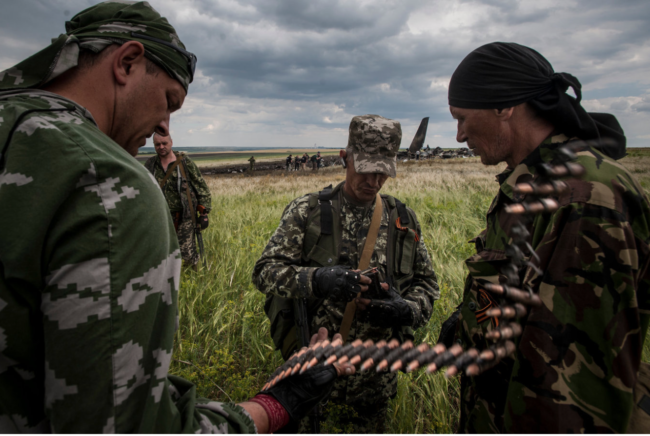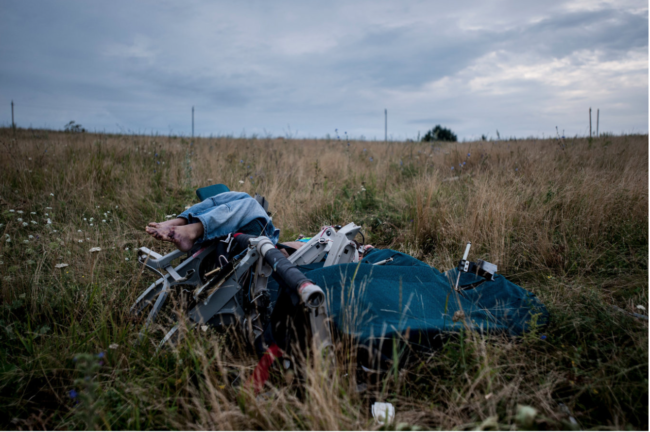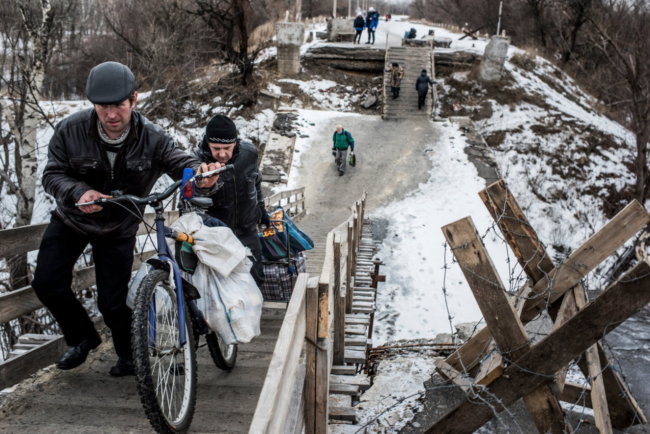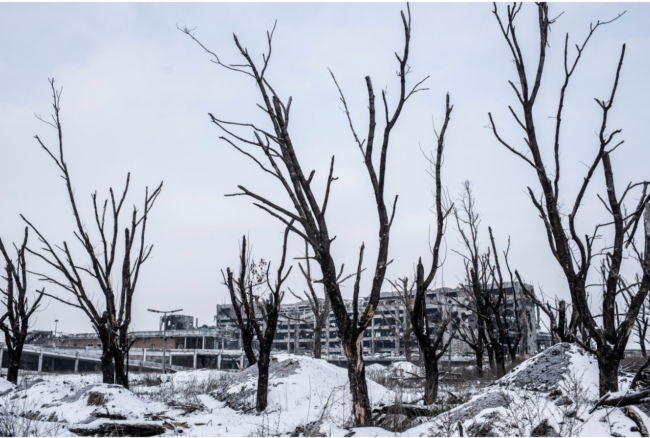Today was meant to be a book review.
Aaron Hardin, whom I met at the New York Times portfolio review in late April, had given me a copy of his self-published photo-book, “The 13th Spring.”
Aaron’s a Southern photographer who got an MFA from the Hartford low-residency program, and lives in Tennessee, where he teaches college. His pictures are of that genre of Southern photography that is lyrical, poetic, vibrant, evocative, (insert appropriate adjective here.)
We’ve discussed the genre many times in this column over the years, and Aaron’s work reminds me a bit of my friend Susan Worsham. But that’s the point: from Eggleston through Sally Mann and right on down, photographing the South is a grand tradition, and I never hate on anyone for being an adherent.
I think Aaron’s pictures are strong, and he’s able to communicate a warmth and emotional sensitivity that separate his work from many a Southern photographer.
The book chronicles the time around his daughter’s birth, which a poem, (at the end,) says happened during a birth year for cicadas. Hence the little bug dude on the front cover, which was imprinted on a stately piece of canvas.
The second photograph, of a snake trying to sneak into a house, (despite the two door obstacle,) is pretty fantastic. He swears the snake was trying to get in, that it wasn’t set up in the least, and I believe him.
But it’s a photograph I’m sure he’ll get asked about for years.
The peacock as a repeating motif is pretty cool too. We’ve got the bearded, Jesus-looking guy, the tree growing up through a house, a white cat, a boarded-up shotgun shack, and some nasty bug-sex. (Hence the title.)
It’s a very cool book, I must say. Really well done. Alec Soth and Doug Dubois teach at Hartford, and one can see the influence of their styles, which make for an interesting mashup with Aaron’s Southern roots.
It’s like how the Three Six Mafia represents Memphis, but still sampled from artists on the coasts too. (Big shout out to “Hustle and Flow.” That movie never gets old.)
But like I was saying in the beginning, Aaron was going to get a book review all to himself.
Was.
Past tense.
No sooner did I plan a column on his book alone, than two journalists I met at the review, Evgheny Maloletka and Emelienne Malfatto, emailed me after getting back to internet service in the danger zones in which they were shooting.
Given what we discussed last week, you almost couldn’t make this up. Evgheny was working in the war zone in Eastern Ukraine, near where he grew up, and Emelienne is down in the chaos of Venezuela.
As such, I’m able to show you some of their work as well. So Aaron’s will have to share the spotlight a bit, but as he’s a nice guy, I’m pretty sure he can handle it.
Emelienne Malfatto is a French-Italian documentary photographer who is rather itinerant. When we met in New York, she’d come off of a stint in Iraq, a country at war at the moment, but then jetted off to Caracas, which is not a safe place. And then she pushed off to the hinterlands of Venezuela.
Pretty hardcore.
She showed me pictures of a community in Iraq that had risen against Saddam Hussain, and to retaliate, he drained the swamps of their native lands. I thought some of the pictures were great, but she wasn’t able to access those for me, being out in the field with little internet.
Emelienne is resourceful, though, and managed to transfer me a group of photos she made in the Kurdish area of Northern Iraq. They’re dynamite.
Evgheny Maloletka and I met at the review in New York, and then again on the F train to Brooklyn. Zenhya came up and introduced himself before the review, and was the only person to do so. Given that we use this blog to help educate young professionals, (among other things,) I have to say, things like that make an impression.
He said he had me on his list, and Good Morning, nice to meet you, I hope you have a good day.
You remember things like that.
Even better, his pictures were great. He showed me photographs of the war in the East that were so raw, but were made with visual sophistication, which is a difficult combination. Like Aaron’s pictures are clearly of the South by someone from the South, I’d argue a foreigner would be hard-pressed to make such emotional news photographs.
We also looked at a series about young cheese-makers in the Carpathian Mountains that had echoes of a medieval lifestyle, here in the 21C. And then we saw a project about a community of Romanians who were trapped in Ukraine, when the borders were redrawn.
We’ll look at the war photographs today, but I could easily show you any of the three projects. The dude is very talented, and I expect all three of the young people we’re featuring today will go on to have great careers.
Overall, I was thrilled with the quality of the work I saw in New York, and am glad to be able to share so much of it with you guys. Enjoy the beginning of summer, and we’ll be back with a book review next Friday.
